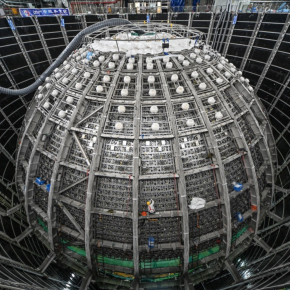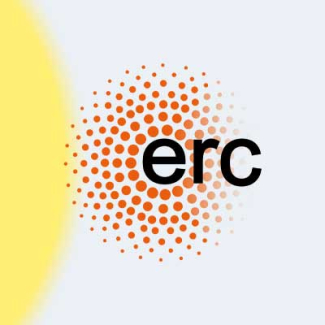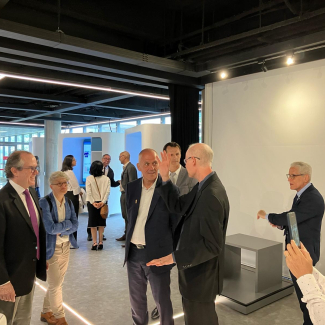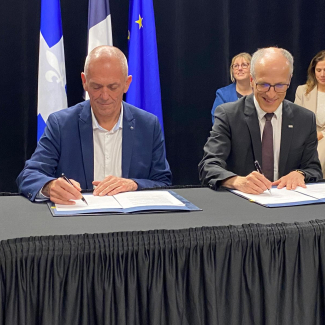
China looks to Europe for its forthcoming scientific collaboration initiatives
The October 2023 visit to CNRS headquarters by three Chinese scientific delegations demonstrated China's desire to resume and intensify cooperation with France and Europe as a whole.
From October 17th to 19th 2023, the CNRS headquarters were placed under the sign of China. On the 17th, Marie Gaille, the director of CNRS Humanities and Social Sciences, welcomed her counterparts from the Chinese Academy of Social Sciences (CASS), a leading Chinese academic organisation in the humanities and social sciences. The next day, Antoine Petit, the CNRS Chairman and CEO, received the visit of the National Natural Science Foundation of China (NSFC), China's main funding agency for basic research. Finally, on the 19th, Antoine Petit and Jianguo Hou, the President of the Chinese Academy of Sciences (CAS) - China's leading scientific institution and one of the world's foremost research institutions - signed the renewal of the framework agreement that has provided for collaboration between the two organisations since 1978.
CAS, CASS, NSFC: three major research stakeholders in China
The Chinese Academy of Sciences is the world's leading research institution, with its 70,000 staff members, 82% of whom are researchers. The Academy is made up of 106 research institutes and three universities including the prestigious University of the Chinese Academy of Sciences. It covers all fields of research except the humanities and social sciences and produces over 67,000 publications per year.
The Chinese Academy of Social Sciences was founded in 1977 in Beijing. It is one of China's foremost academic organisations and possesses a research centre working on philosophy and the social sciences. The CASS is made up of 39 research institutes and 45 research centres working on all social science disciplines.
Finally, the National Natural Science Foundation of China founded in 1986 is Chinese research's main funding agency. It supports basic research thus attracting talent and promoting international cooperation.
These three consecutive visits echoed the Emmanuel Macron's visit to China in April 2023, during which the French President expressed his wish for ties to be maintained between the two countries. As Philippe Arnaud, director of the CNRS Office in Beijing, observed, "the Chinese authorities saw this visit as a positive signal for the resumption of human, cultural and cooperative exchanges" and that the three Chinese delegations' visit to the CNRS "illustrates China's desire to strengthen its international cooperation, with particular focus on Europe ". As well as the CNRS, the CAS held meetings with the French National Metrology and Testing Laboratory, Germany's Max Planck Society, National Academy of Sciences and Helmholtz Assocation and finally the University of Cambridge and the Royal Society in the United Kingdom. Philippe Arnaud considers that China's interest in Europe can be explained by the "geopolitical, economic and strategic context that remains complicated following on from the Covid-19 epidemic and that has impacted the development of the forms of international scientific cooperation the Chinese authorities would like".
Over the last decade, China has become one of the world's leading scientific forces. This was achieved thanks to five-year plans guiding scientific policy involving massive investment, numerous high-level researchers who are often trained abroad, attracting local and foreign talent and international cooperation projects. All of this has helped make China a leader in a number of research fields, one of which is particle physics. This summer, Reynald Pain, director of the National institute of nuclear and particle physics (IN2P3), travelled to Zhuhai in southern China to closely monitor the progress of the Jiangmen Underground Neutrino Observatory (JUNO), a year before its planned inauguration. This gigantic detector will study neutrinos (French link), mysterious elementary particles in this case produced by nuclear reactors situated around fifty kilometres from the JUNO site. JUNO results from an international collaboration launched ten years ago and managed by the CAS, which French laboratories led by IN2P3 have been part of since the project began. CNRS researchers work on joint research and development involving scientific and technical study after which the teams construct and install the equipment required for JUNO. Reynald Pain considers that it was both evident and essential that the CNRS should contribute to the Chinese project because "JUNO is one of a kind on the international scale and quite simply the best place in the world today to study neutrinos produced by nuclear reactors. This experimentation has opened a unique window onto physics beyond the standard model of particle physics".
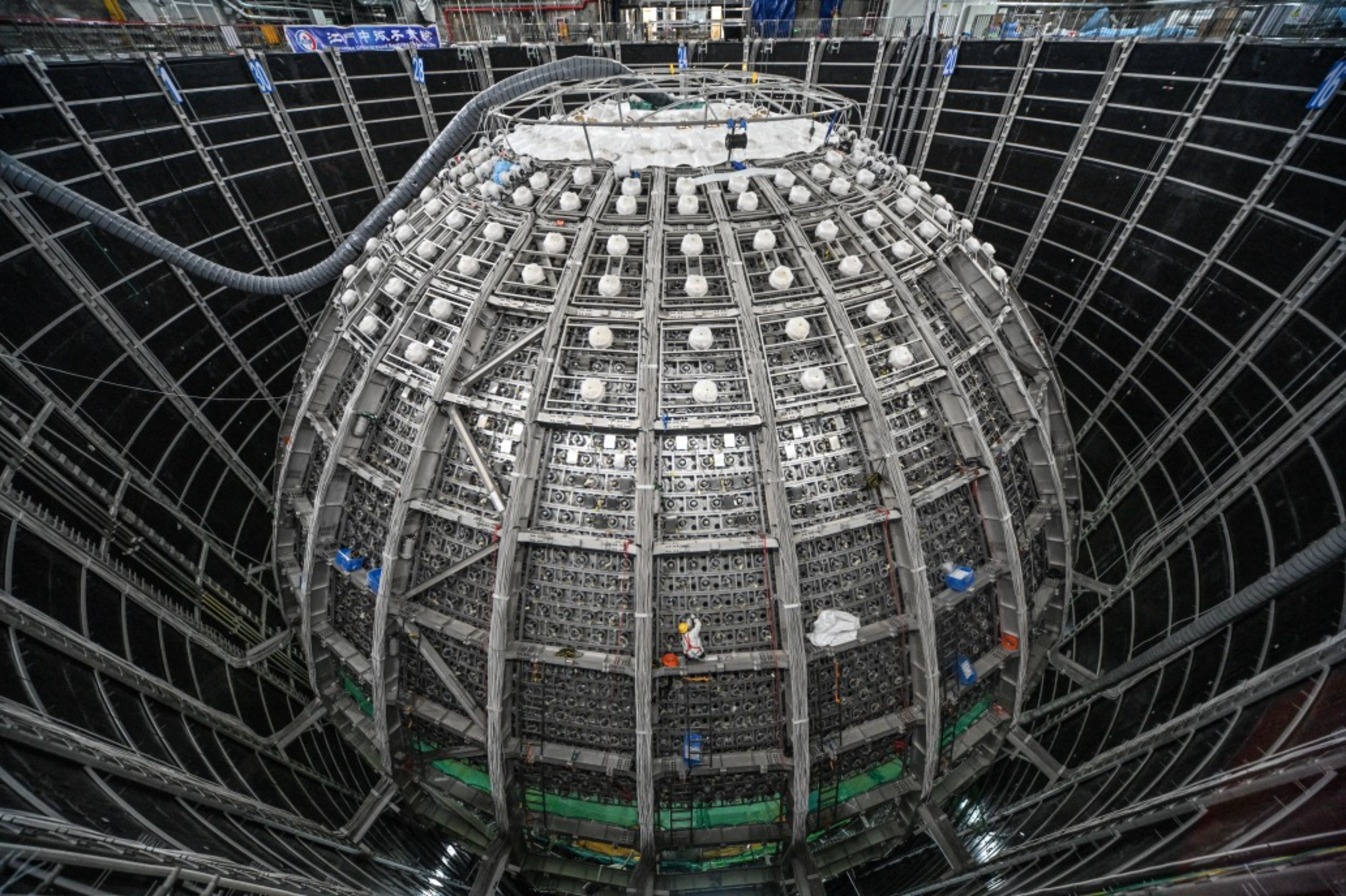
Another example of collaboration is the SVOM satellite (French link) dedicated to the study of gamma-ray bursts (French link) which will launch in March 2024. This is a Chinese project launched by the CAS and the Chinese Space Agency which France has been greatly involved in since 2014. France's involvement is led by the French Space Agency (CNES) as the main prime contractor and also involves 11 French laboratories, including 9 under the joint supervisory authority of the CNRS. Reynald Pain believes that this satellite equipped with many cutting-edge instruments and supported by a vast network of ground antennae and dedicated telescopes "will put China at the forefront of research into these gamma-ray bursts".
Nonetheless, scientific cooperation with China can sometimes turn into forms of international competition. Reynald Pain recognises China's value in particle physics but remains cautious about other Franco-Chinese cooperation projects in this field. For example, a CAS laboratory aims to build a Circular Electron Positron Collider by 2040, a particle accelerator to be hosted in China in a circular underground tunnel of approximately 100 km in circumference. This instrument is in direct competition with the Future Circular Collider currently being developed by the European Organisation for Nuclear Research (CERN). The Director of IN2P3 is clear on this issue: "Our priority is to support the European project but this is not an obstacle to dialogue with our Chinese partners". More generally, Philippe Arnaud believes that, "in an economy searching for new sources of development, Chinese R&D is confirming its willingness to work on technology transfer in a number of industrial and strategic sectors on a daily basis". CAS laboratories and universities are often part of technology parks that also host business incubators and major Chinese industrial groups which of course greatly facilitates the rapid transfer of science towards innovation. In the light of this, as the director of the Beijing Office explains, "the internationally recognised breeding grounds for excellence in Chinese research also represent opportunities for very high-level partnerships. We can benefit by basing our work on more balanced scientific and human skills and exchanges while making sure to protect our own interests".
The CNRS is the CAS's leading international partner ahead of the US Department of Energy, Harvard and the University of Tokyo. Bearing in mind the international competition situation discussed above, the CNRS identified four priority areas for cooperation when the framework agreement with the CAS was renewed. In addition to cooperation in particle physics, the CAS and CNRS agreed to structure their cooperation in fundamental and applied mathematics, set up a virtual centre to study biodiversity and the impact of climate change and continue their joint research into the oceans. These global challenges require the right responses. These can be achieved through reinforced structured scientific cooperation in a relationship of respect and trust with a scientific stakeholder who is at the forefront of world scientific research.
